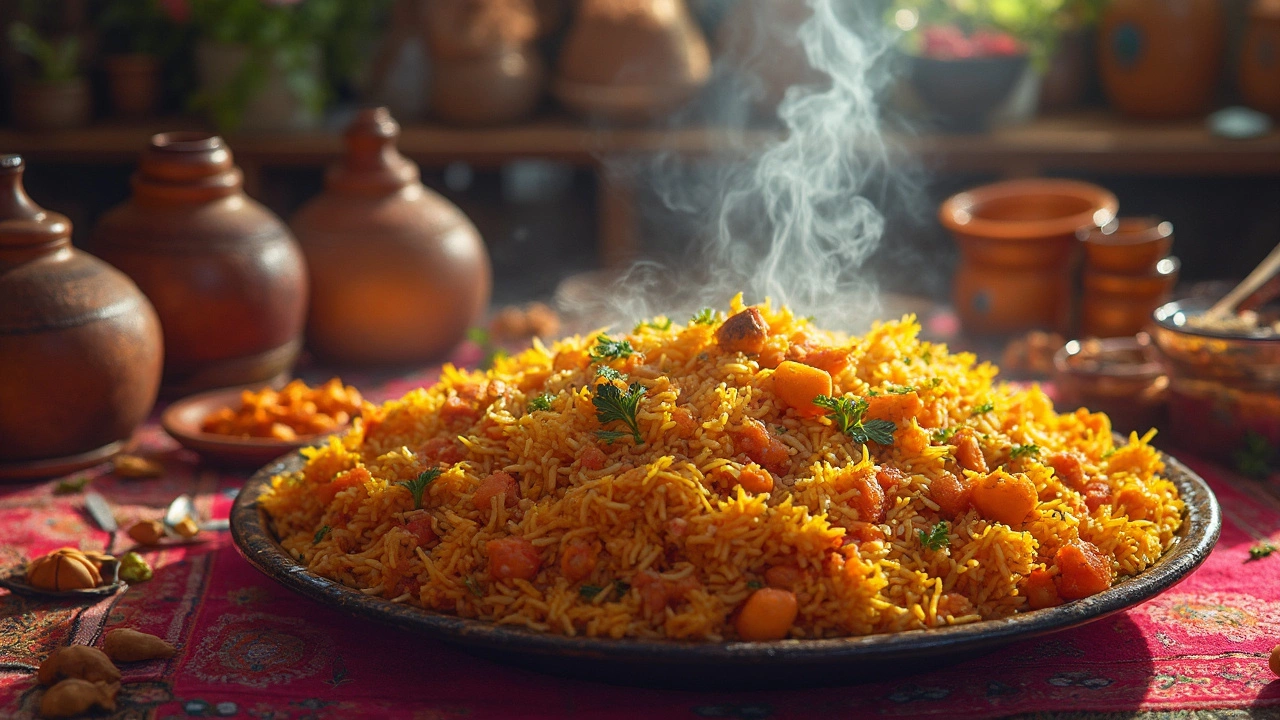Flavor Secrets: Simple Tricks to Boost Indian Cooking
Ever wondered why a restaurant biryani hits the spot while your home version feels flat? The answer is often a handful of tiny tricks most cooks overlook. Below you’ll find practical, down‑to‑earth tips you can add to any recipe – from chutney to curry – and start tasting the difference right away.
Layer Your Spices Like a Pro
Spices aren’t just a sprinkle at the end; they’re a building block. Start with whole spices such as cumin seeds, mustard seeds, or black cardamom in hot oil. The burst of aroma you get in the first minute creates a flavor foundation that stays with the dish.
Next, add ground spices (turmeric, coriander, red chili powder) once the oil is fragrant. This prevents burning and lets the powders release their oils gently. Finally, finish with a pinch of garam masala or dried herbs just before you turn off the heat. The fresh burst of aroma at the end keeps the flavors bright.
Try this on a simple tomato‑onion base: heat 1 tsp mustard seeds, wait for them to pop, then stir in ½ tsp turmeric and 1 tsp chili powder. When the sauce is thick, finish with ½ tsp garam masala. You’ll notice a depth that plain “add everything at once” can’t match.
Balance Acid, Sweet, and Heat
Every great Indian dish has a sweet‑sour‑spicy trio. Acid (like tamarind, lemon juice, or raw mango) lifts heavy spices. Sweetness (jaggery, coconut sugar, or a splash of milk) rounds off sharp heat. And heat, of course, comes from chilies or pepper.
When a curry feels too heavy, add a teaspoon of lemon juice. If it’s overly sharp, dissolve a pinch of jaggery in a little water and stir it in. Don’t over‑do it – the goal is a harmonious bite, not a flavor overload.
Even something as simple as a chutney benefits from this balance. A classic coconut chutney with a squeeze of lime, a pinch of sugar, and a few red chilies will taste fresher than a plain blend.
Another quick hack: before serving, drizzle a little ghee or melted butter over the dish. The fat carries aroma and smooths out any lingering sharpness, giving you that restaurant‑style finish.
These three ideas – layering spices, timing the addition of ground mixes, and balancing the sweet‑sour‑spicy trio – are the core flavor secrets that turn everyday meals into something special. Apply them to anything from biryani (toast the rice with whole spices, finish with garam masala, and balance with a dash of lemon) to a quick dal (add a tempering of cumin and mustard seeds, finish with a pinch of jaggery).
Start experimenting with one tip at a time. You’ll quickly spot the difference and feel more confident tweaking recipes. The next time you cook, ask yourself: “Did I toast the whole spices? Did I finish with fresh aromatics? Did I balance the flavors?” If the answer is yes, you’re already using the flavor secrets that make Indian food unforgettable.
What Essence is Used in Biryani: Unlocking the Fragrant Secret
Biryani, a beloved dish celebrated for its vibrant flavors and aromas, owes much of its appeal to the use of special essences. These include rose water and kewra water, which lend a unique fragrance and depth to the dish. Understanding these ingredients and how they enhance biryani can elevate your cooking game. Explore practical tips and insights to perfect your own biryani masterpiece.
